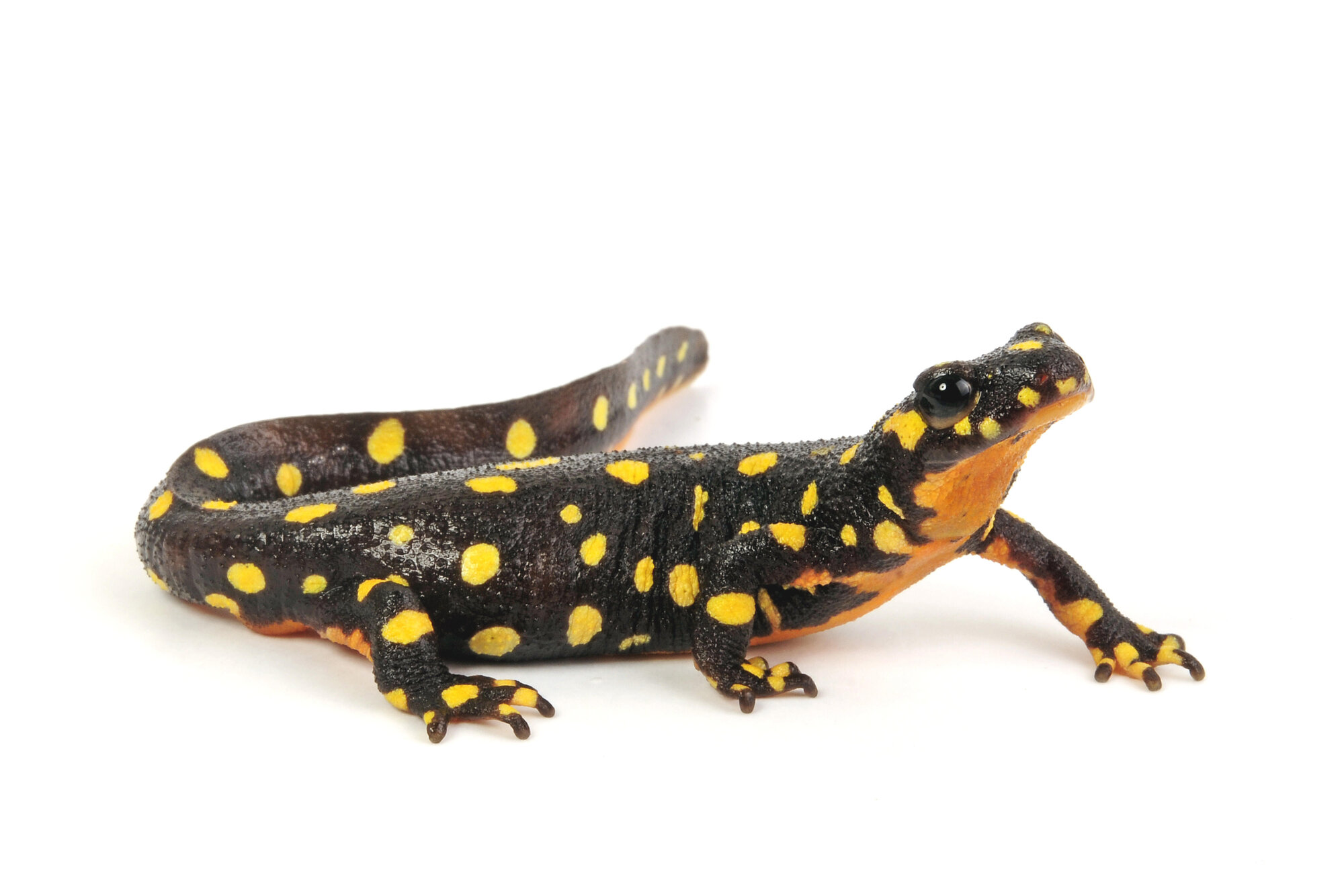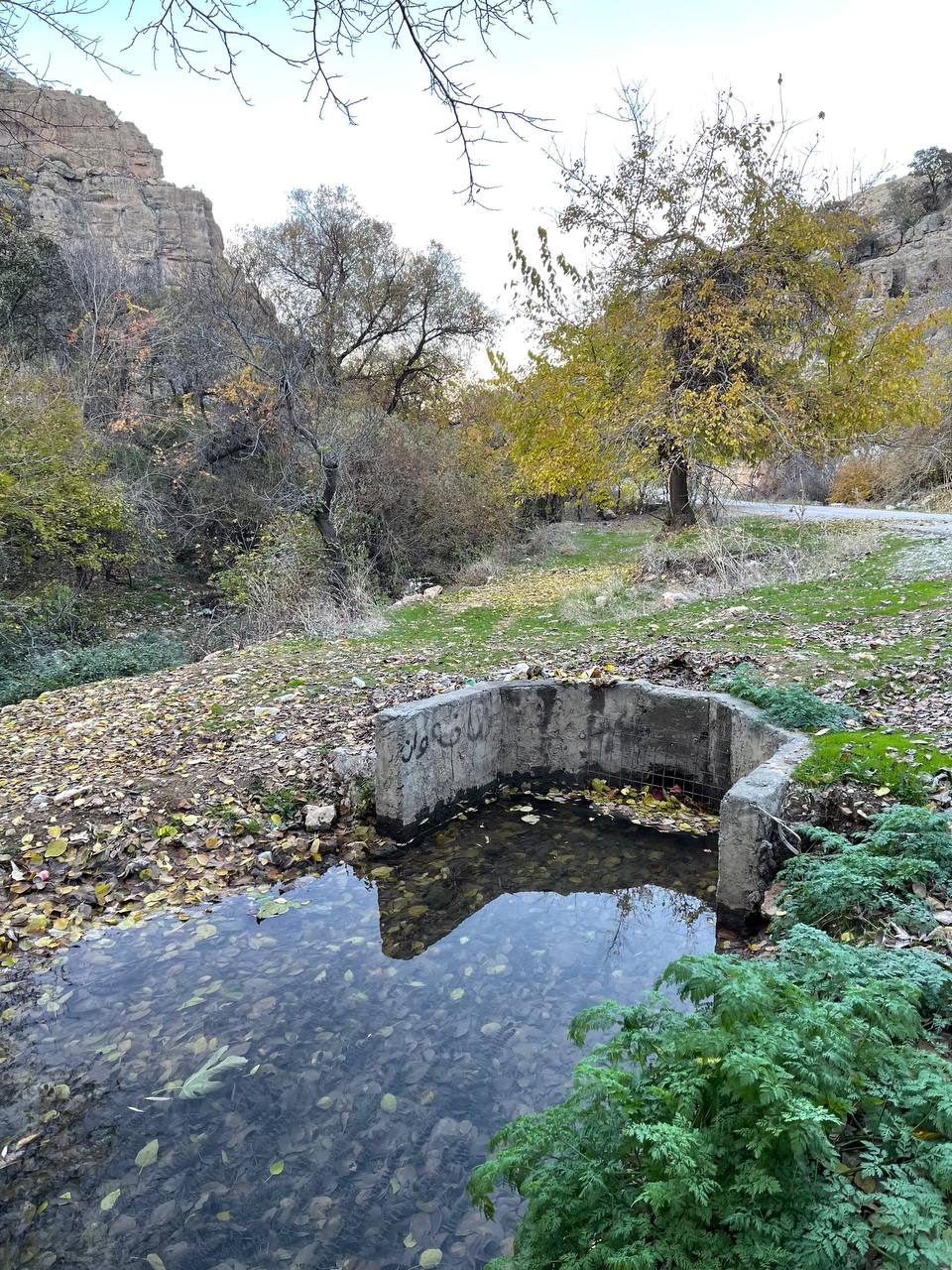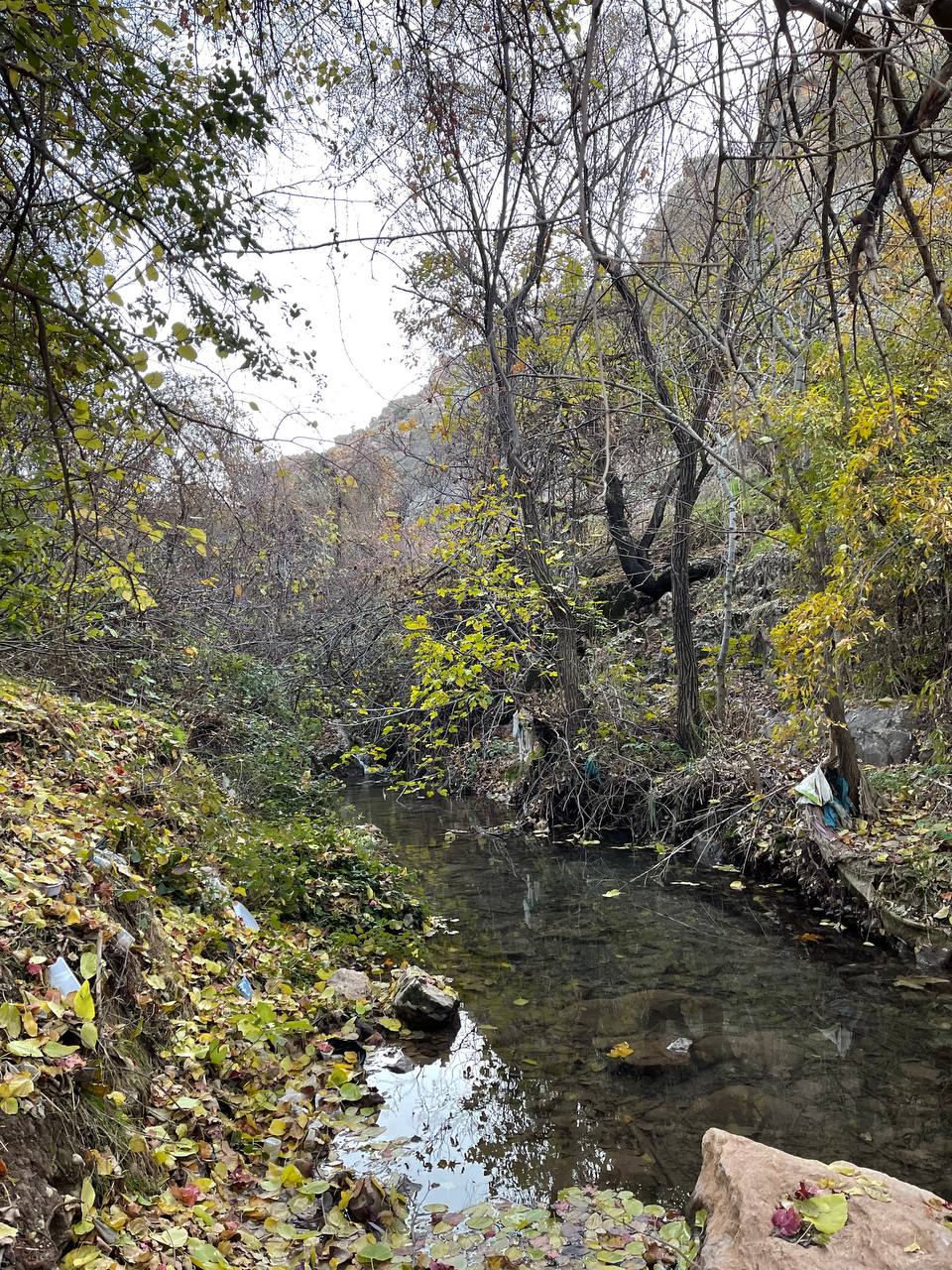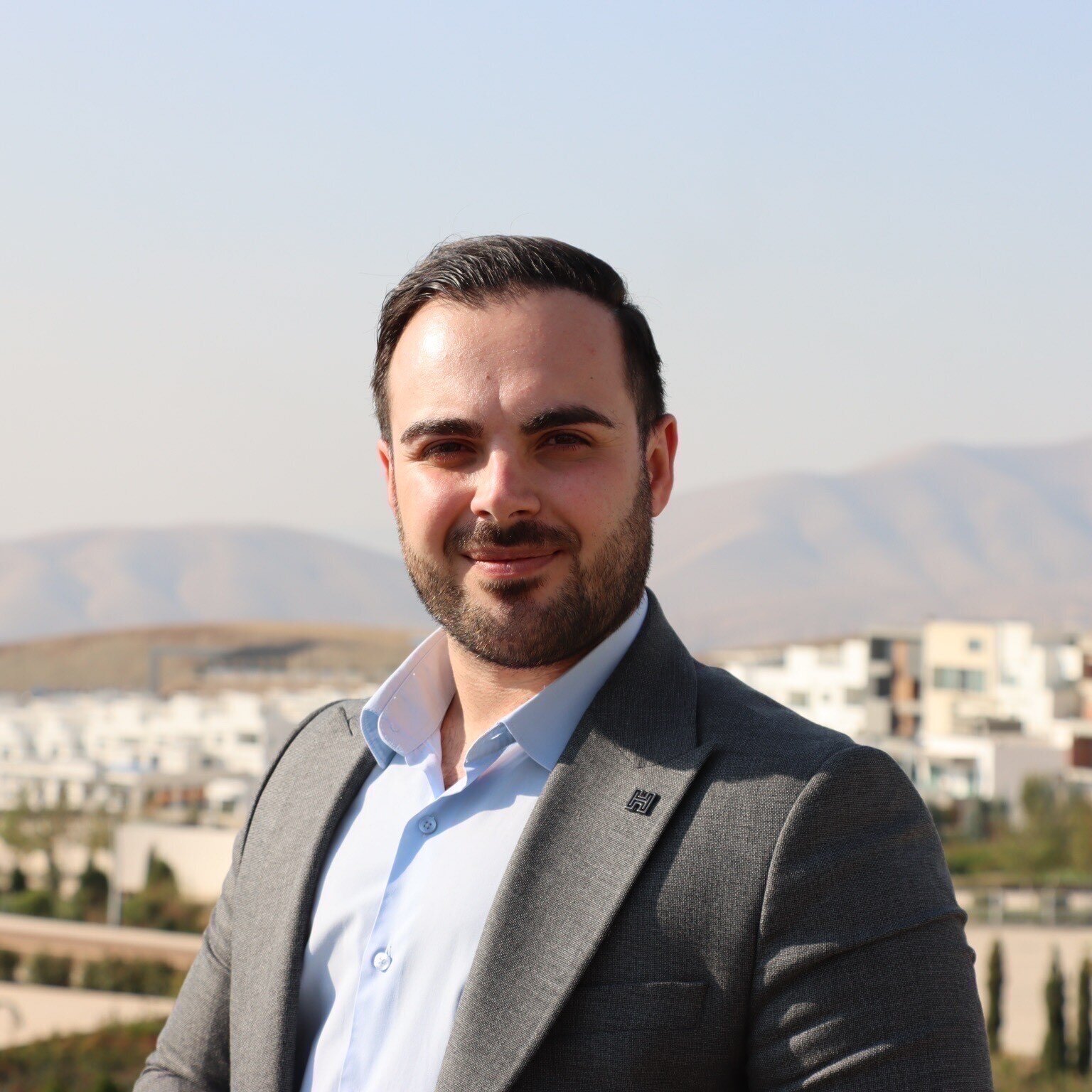The Dying Legacy of the “Bride of the Spring”.
After surviving for millions of years, a prized newt traditionally used to detect fresh water in remote areas of Iraqi Kurdistan is under threat of extinction.

At first glance, the Chami Rezan stream in the Iraqi Kurdistan Region seems devoid of life. The piles of fallen leaves from the trees surrounding the stream cover the bank and part of the water’s surface. Some trees have completely succumbed to autumn, while others resist. The water is home to numerous species, and in the spring, it becomes the perfect breeding ground for the Kurdistan newt, a species that is endemic to the Kurdistan region of Iraq. For now, the creatures have taken a break at the shore, burrowing under rocks and leaves, preparing to come out again to breed in the warmer weather. “Villagers call the Kurdistan newt Buka Kanila,” says Korsh Ararat, an ecologist and biodiversity expert from the University of Sulaimani. “They have great cultural and environmental significance because they can only survive in clean water and older villagers have traditionally used them to detect fresh water. However, loss of the species due to pollution and habitat destruction has severed this cultural connection.”
As you walk down the stream at Chami Rezan, the grim reality comes to life. The bottom of the stream is filled with litter and plastics. There is not a person in sight, but reminders of human activity are everywhere, shattering the tranquility. The name Buka Kanila translates to “bride of the spring”, a moniker used by locals due to their beauty and unique mating ritual. The newt is characterized by bright yellow spots printed against a dark, smooth skin. “Their mating rituals start in the spring with the males dancing and wiggling their tails to attract the females’ attention,” says Ararat. “After achieving that aim, the male then leaves a sperm packet which the female picks up. She later lays her eggs under rocks in the water.” Here and in similar places, the newts have thrived for millions of years.
However, droughts and practices such as water extraction from streams for irrigation and popular picnic sites built on the banks have now put the Kurdistan newt at the brink of extinction, according to the International Union for Conservation of Nature (IUCN). “Many local landowners convert the streams that remain to commercial picnic spots for people to escape the extreme summer heat. These practices have changed even the microclimate of such environments. The negative effects become more apparent in the summer, causing many streams and springs to partially or completely dry up,” says Ararat.


“Because they have extremely sensitive skin, the Kurdistan newt can’t survive in chlorinated, bottled, or tap water. They also require a specific diet that only comes from nature,” says Soran Ahmed, another biologist from the University of Sulaimani. “The attractive and peaceful nature of the newts comes at a cost. They are sometimes caught by hikers and picnickers who want to either keep them or sell them to pet stores.” Ahmed, who is active on social media, remembers an occasion when he was contacted by someone who had caught some Kurdistan newts. The man complained that many of the creatures had died even though he had given them food and clean water. “The man had randomly seen the salamanders while picnicking with his family at a stream,” recalls Ahmed. Not knowing what they were and attracted by their colour, the man had put several of the newts in a plastic water bottle with the hopes of selling them in the bazaar. Following a lengthy exchange through social media, Ararat and Ahmed were able to convince the man to release the surviving newts. They later returned the newts to a stream where they would survive. This story was made into a TV short documentary to raise awareness about the state and nature of the Kurdistan newt.
Ararat is not optimistic about the future for the Kurdistan newt but both he and Ahmed believe protection of the newts requires more cooperation from the public.“ There are laws and awareness campaigns to prevent further destruction of freshwater sources, but profit comes first for many villagers and people,” says Ararat. In 2016 while in Hawaii, Ararat met a local who saved a bird species from extinction by reminding the people of the common history they had with the bird. He hopes that one day soon, he can do the same for the Kurdistan newt. “Connecting animals with cultural and traditional histories helps preserve wildlife better than writing scientific papers,” believes Ararat. He hopes that appealing to the sense of culture and tradition can remind people of the importance of the salamander.
The Author
More articles of the Author



